Nestled high in the Andes between Peru and Bolivia, Lake Titicaca is far more than just an impressive body of water. Sitting at 3,812 meters (12,507 feet) above sea level, it’s considered the highest navigable lake in the world. This magical place has been the cradle of ancient civilizations, sacred legends, and remains one of the top cultural destinations in the Andes. In this complete travel guide, you’ll discover where exactly the lake is located, why it’s so special, how to get there, the best time to visit, and unforgettable experiences you can live—like visiting the floating Uros Islands.
Where Exactly Is Lake Titicaca Located?
Lake Titicaca sits in the Andean high plateau, straddling the southeastern region of Peru and the western part of Bolivia. On the Peruvian side, it’s located in the Puno region, with the city of Puno serving as the main hub for travelers. The lake covers an area of approximately 8,562 km² (3,305 sq mi), of which 56% belongs to Peru and 44% to Bolivia.
Approximate coordinates: 15°50' S and 69°20' W
Fun fact: The name “Titicaca” is believed to come from the Quechua and Aymara languages, often interpreted as “Stone Puma,” referring to the lake’s puma-like shape when seen from above. Historical studies also suggest it was a major axis of trade and communication long before the Inca Empire.
Lake Titicaca Altitude: The Roof of the Water World
At 3,812 meters (12,507 ft) above sea level, Lake Titicaca is the highest navigable lake in the world. Its elevation in the Andean highlands brings unique climate conditions and cultural adaptations that every traveler should be aware of.
Altitude comparison:
- Cusco: 3,399 m (11,152 ft)
- La Paz (Bolivia): 3,640 m (11,942 ft)
- Lake Titicaca: 3,812 m (12,507 ft)
Altitude sickness:
Visitors may experience soroche (altitude sickness). It’s recommended to acclimate in Puno for 24–48 hours, stay hydrated, avoid alcohol, and rest. Locals often use herbal teas like muña or coca leaves to relieve symptoms.
Did you know? Archaeologists have discovered submerged ruins in the lake’s depths, believed to predate the Inca era. Underwater temples and ancient stone paths have fueled legends of lost cities like Wanaku—or even ties to the mythical Atlantis.
Cultural Significance and Sacred History
For pre-Inca cultures such as the Pukara, Tiahuanaco, and Colla, Lake Titicaca was a sacred epicenter. But it was the Incas who turned its mythological value into legend. According to Inca tradition, Manco Cápac and Mama Ocllo, founders of the Inca Empire, emerged from Lake Titicaca by order of the sun god Inti to civilize the Andes.
To this day, many local communities continue to hold rituals along the lakeshore. The Aymara people, for example, celebrate the Andean New Year on June 21, coinciding with the winter solstice. This spiritual bond between the lake and its people is still felt in every song, every woven textile, and every celebration.
"According to UNESCO, the Fiesta de la Candelaria—held every February in Puno—was declared Intangible Cultural Heritage of Humanity in 2014."
How to Get to Lake Titicaca from Cusco or Lima (Travel Guide 2025)
From Lima:
- By Plane: Direct flight to Juliaca (approx. 1.5 hrs). From there, take a taxi or colectivo (shared van) to Puno (approx. 45 min).
- By Bus: Long-distance buses connect Lima to Arequipa, and then on to Puno. The full trip can take 18–22 hours depending on stops.
From Cusco:
- Scenic Train Ride: Enjoy one of the most scenic train journeys in South America — a luxurious ride with panoramic views, gourmet meals, and full onboard service (approx. 10 hrs).
- Tourist Bus: Daytime routes with cultural stops at Raqchi, La Raya, and Pukara. Great option for combining travel and sightseeing.
- Direct Bus: Overnight services with trusted operators like Cruz del Sur and Turismo Mer.
Pro tip: At Conde Travel Adventures, we offer full-day tours to Lake Titicaca that include transportation, expert local guides, and visits to the most iconic floating islands. You can book your experience with us online or once you arrive in Cusco — we guarantee a high-quality, unforgettable journey.
Tourism at Lake Titicaca: Transformational Experiences
Visiting Lake Titicaca isn’t just about seeing a lake—it’s about connecting with an ancient worldview. Time slows down here. The sky feels closer, and the thin air invites you to breathe deeply... and reflect.
"When I visited Amantaní and Taquile for the first time, I was struck by how the silence of the highlands blends with the stories told by local families in their kitchens. It’s not just a trip—it’s a lesson in humility and harmony with nature."
Top activities:
- Sailing in traditional totora reed boats
- Hiking on Taquile Island with views of the Royal Range
- Homestay experiences with island families on Amantaní
- Birdwatching: look for the endemic Titicaca grebe
- Participating in weaving, ceramics, and cooking workshops
How to Visit the Uros Floating Islands
The Uros Islands are unlike anywhere else on Earth. Entirely built from totora reeds—plants that grow on the lake’s surface—these floating islands are home to communities who’ve learned to live in harmony with their natural surroundings.
How to get there: From Puno’s harbor, motorboats depart regularly and reach the Uros Islands in about 20–30 minutes. Guided tours often include cultural activities.
Things to see and do on the Uros Islands:
- Ride animal-shaped reed boats
- Learn how the islands are constructed
- Visit floating schools
- Take part in embroidery and craft workshops
Language: The primary language is Aymara, though many locals also speak Spanish. In some communities, younger generations are learning English as well.
Cultural tip: Although the Uros are open to tourism, respect is essential. Always ask permission before taking photos and engage mindfully.
Best Time to Visit Lake Titicaca
Dry Season (May to October):
Cold nights and sunny, clear days. Perfect for hiking, boat tours, and photography. Night temperatures may drop to freezing, so dress in layers.
Rainy Season (November to March):
Expect lush landscapes and fewer crowds, but be prepared for wet afternoons and muddy trails. Ideal for travelers who don’t mind occasional showers.
Festivals:
- Fiesta de la Candelaria (February): One of the largest and most vibrant festivals in Peru—recognized by UNESCO as Intangible Cultural Heritage.
- Andean New Year (June 21): Ancient celebration of the solar cycle with rituals and offerings to the lake.
Fun Facts You Didn’t Know About Lake Titicaca
- Its maximum depth reaches 280 meters (919 feet).
- Home to the critically endangered giant Titicaca frog—found nowhere else on Earth.
- In 2000, a 200-meter-long underwater temple was discovered on the Bolivian side, near Sunata Island.
- The lake’s shape resembles a puma chasing a rabbit—visible from aerial views.
- Some islands like Taquile still maintain a barter-based communal economy.
Practical Tips for Visiting Lake Titicaca
- Wear sunscreen all day—the UV radiation is intense at this altitude.
- Dress in layers: cold mornings and evenings, warm afternoons.
- Bring cash in Peruvian soles. ATMs and card payments are unavailable on the islands.
- Support sustainable tourism: buy directly from local artisans.
- Slow down. Life in the highlands moves at its own rhythm—embrace the stillness.
Suggested 3-Day Itinerary
- Day 1: Arrive in Puno, acclimatize, explore the local market and main square.
- Day 2: Full-day tour of the Uros and Taquile Islands. Enjoy a traditional lunch on Taquile. Return to Puno.
- Day 3: Sunrise at Kuntur Wasi Viewpoint. Optional side trip to Sillustani or Luquina Chico.
This itinerary blends culture, nature, and relaxation at a comfortable pace.
Frequently Asked Questions (FAQ)
How much does it cost to visit the Uros Islands?
Visiting the Uros Islands typically costs between 20 and 60 soles per person. Prices vary depending on the type of boat, whether it's a group or private tour, and if a local guide is included.
Is it safe to travel to Lake Titicaca?
Yes, Lake Titicaca is a safe destination for tourists. Puno is a peaceful city, and the island communities are known for their hospitality and respect for visitors.
Can you swim in the lake?
Technically yes, you can swim in Lake Titicaca. However, the water is very cold year-round, so most visitors choose not to unless it's part of a special activity.
Is there phone or internet signal?
Yes, there is reliable phone and internet signal in Puno. On the floating islands, signal is limited or sometimes unavailable, depending on your carrier.
Do I need vaccines?
No vaccines are required to visit Lake Titicaca. Standard altitude precautions are recommended, including staying hydrated and acclimatizing for at least 24 hours.
Conclusion: The Heart of the Highlands Awaits
Lake Titicaca is more than a destination. It’s a gateway to something deeper. The wisdom in a grandmother’s smile, the hush of water at sunset, the scent of fresh-cut totora reeds... everything here invites you to slow down, listen more, and see further.
If you’re looking for an authentic experience in Peru—far from crowds and close to ancient tradition—Lake Titicaca is ready to welcome you.
Book your journey with us and explore with guides who call this lake home. Message us on WhatsApp +51 984 800 095 and start dreaming your Andean adventure today.
About the author
Ruth CusihuamanI am an SEO writer focused on Andean tourism and culture. Born in Raqchi, in the Sacred Valley, I grew up surrounded by Inca history. Today, I use storytelling to connect travellers with real and unforgettable experiences in Peru. |

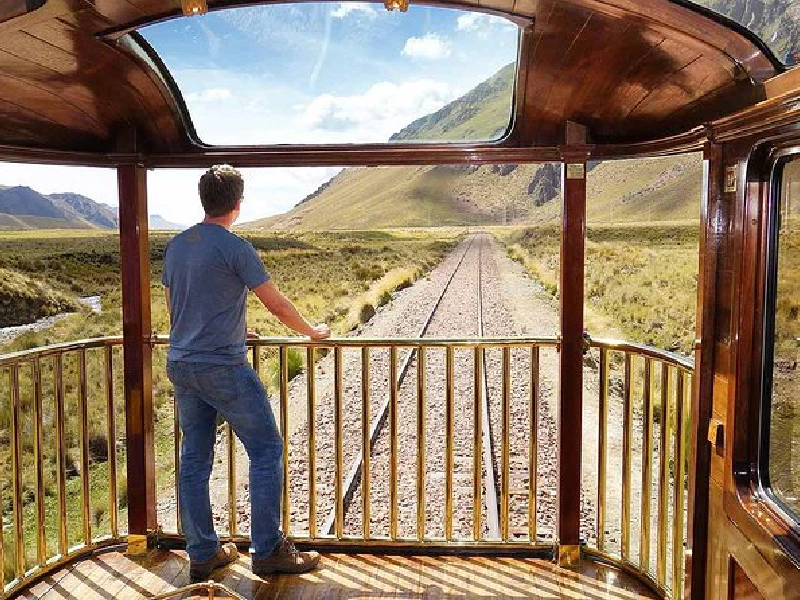
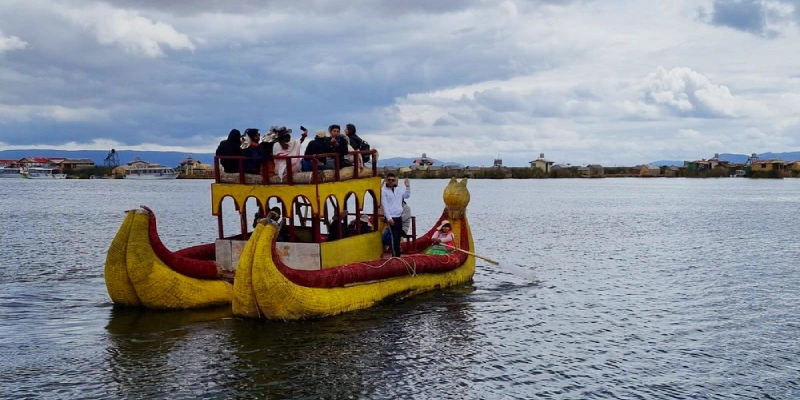
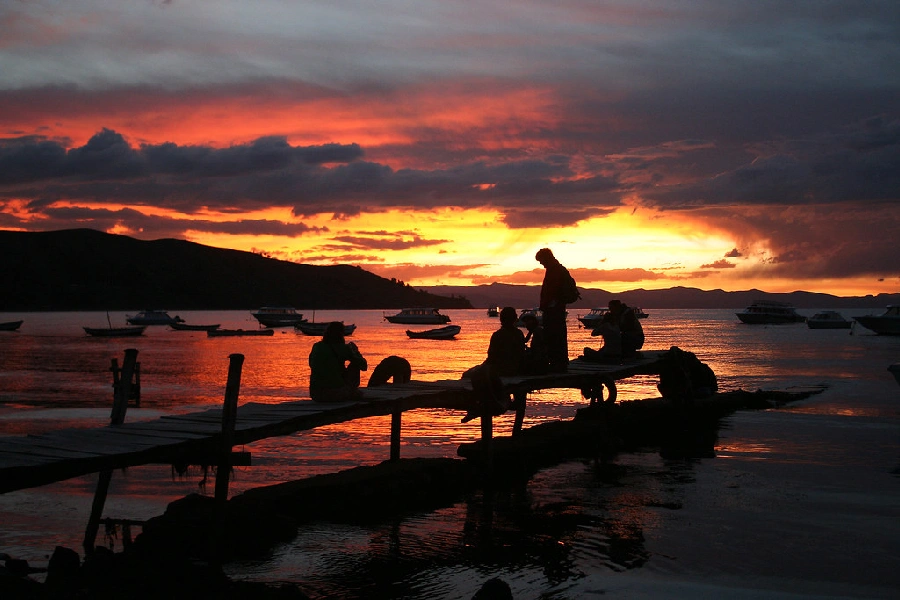
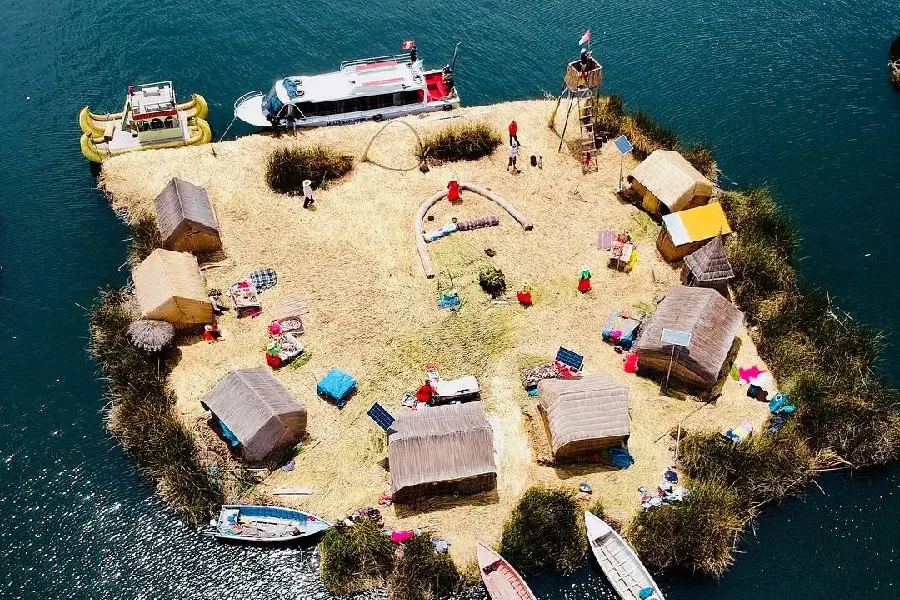

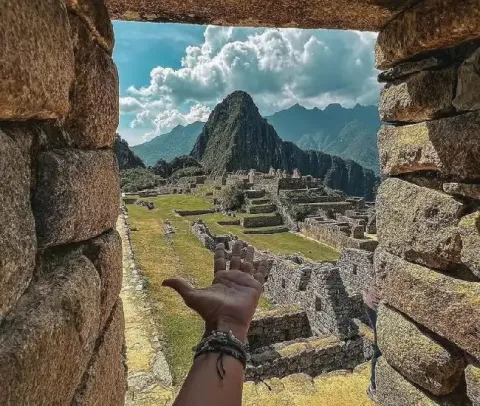
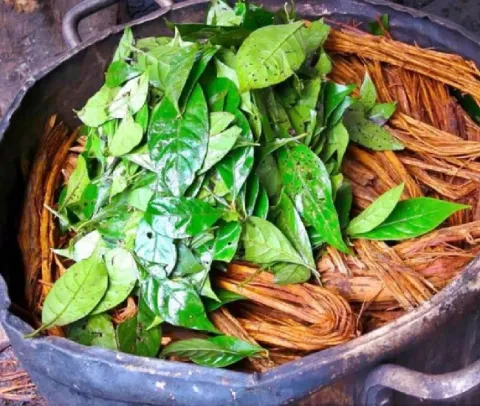
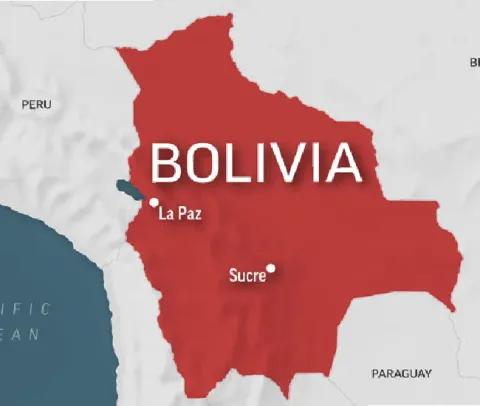
Add new comment